 Abraham Lincoln
If given the truth, the people can be depended upon to meet any national crisis...
Abraham Lincoln
If given the truth, the people can be depended upon to meet any national crisis...
 Guildford news...
for Guildford people, brought to you by Guildford reporters - Guildford's own news service
Guildford news...
for Guildford people, brought to you by Guildford reporters - Guildford's own news service
Birdwatcher’s Diary No.164
Published on: 25 Jun, 2018
Updated on: 25 Jun, 2018
By Malcolm Fincham
A continued theme of largely dry and pleasurable weather in Surrey during the first few weeks of June, allowed me plenty of time for some ventures in and around Guildford, in the hope of capturing a few more photos to add to my sightings for the year.
Too much time it seemed. By the middle of the month the tide of summer had been flowing so quickly I found I had so much material I had to restrict myself to just highlights. The rapid growth of flora, the emerging of new butterfly species and the fledging of birds, brought about interesting sightings each day I ventured beyond my door.
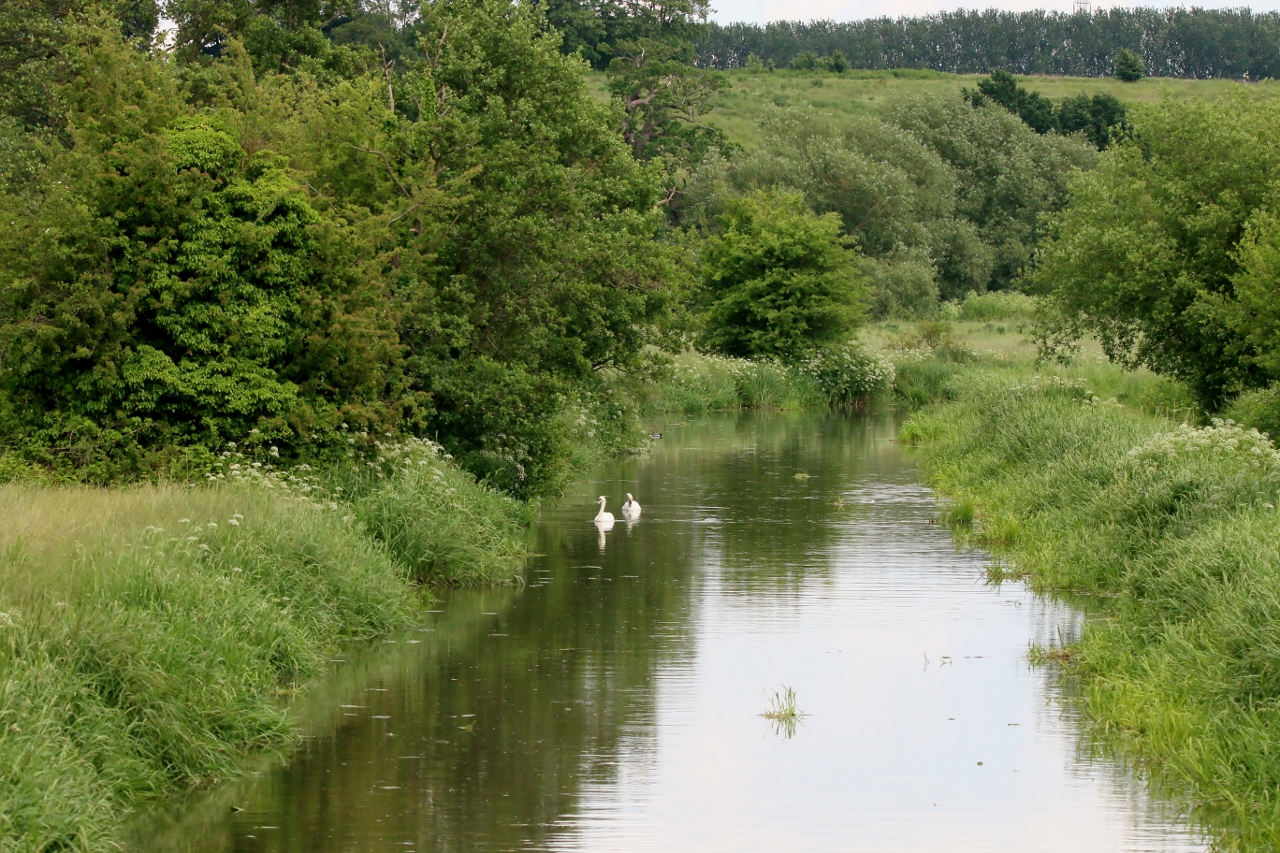
A view upstream from a footbridge near Trigg’s Lock. Click on all pictures to enlarge in a new window.
On the afternoon of June 2, I spent an hour or so on a short walk along the towpath by Trigg’s Lock.
Banded demoiselle’s were still plentiful there as they danced across the river and shimmied at eye-level along the tops of the reeds and cow parsley.
A few male orange tip butterflies could still be viewed, though now coming to the end of their season.
On the far bank of the canal a Canada goose sat with its large family of young.
While close by a family of Egyptian geese drifted by on the water.
To my surprise, I also added a painted lady butterfly to my photographs as it obligingly perched on the various plants now in flower around me.
The following day turned out to be another pleasant one, sunny periods had been forecast. With the addition of good friend Dougal, and carrying a large slice of optimism in my thoughts, we headed for Thursley Commonin the hope of adding another species of butterfly to this year’s sightings.
For these, however, we had to walk to the far end of the heathland where the heather was, hopefully, starting to come into bloom. Close to the car park, we were immediately greeted by both a male and a female common redstart, collecting insects for their young.
While several treecreepers could be heard and seen close by in the pine trees by the moat pond.
Continuing our walk, numerous species of dragonflies and damselflies could be viewed as we headed across the boardwalk. They darted back and forth over the pools of water on either side of us.
Some of which, I must confess, I struggled to identify. Getting pictures of what I believe to be female keeled skimmer.
A female emperor dragonfly laying eggs in a pool.
And a male emperor dragonfly, in flight.
Although most of the hobbies I had seen during my previous report had now moved on to their breeding grounds, the occasional ones could still be seen flying past.
A downlooker snipefly perched on the bark of a tree. These are predators, which can often be found sat on fence posts or sunny tree trunks, facing downwards, on the lookout for passing prey. They catch smaller flying insects in flight, taking them back to their look-out post to eat.
Out on the heath, tree pipits could still be heard; watching a male flying up steeply into the air from a raised perch, striking up its song shortly before the highest point is reached, continuing its song even when it is parachuting back down in its eye-catching song flight with out-spread wings.
Heading toward the far side of heathland we looked in on the Parish Field where Colin the confiding, celebrity cuckoo has been the main attraction of many a photographer during the past few weeks. To our surprise, on this occasion, no-one was there to photograph him and neither was he anywhere to be seen or heard either.
“Perhaps he’s done his “business and was already making his return to Africa?” said Dougal. I turned back to look at one of his “staged” perches that had been set up by previous photographers over preceeding days and weeks.
“There he is!” I replied. Indeed, sitting on its perch, like a tame parrot, just feet away.
So close, I had problems fitting him into the photos I took!
It wasn’t until we reached the far side of the heathland, and saw the first few sprigs of heather breaking into flower, that we were rewarded with our first sightings of just three silver-studded blue butterflies.
On June 5 fortune fell my way while on an evening walk along the River Wey towpath, near Bower’s Lock, Burpham.
Having noted a barn owl in its day-time roost on numerous occasions since the start of the year, I decided on an evening visit in the hope that, with the short night-time hours at this time of the year, it might be tempted to begin its hunting before dusk.
Allowing me just enough time to catch the sun setting across the river on way home.
By June 11 at the Riverside Nature Reserve near Burpham life was flourishing as fauna and flora continued to appear as well as rapidly grow.
A pair of mute swans paraded their cygnets by Stoke Lock.
On Stoke Lake, a coot I had photographed on its nest just a week earlier, was now parading four youngsters around the waters there.
A moorhen could also be seen, now with three chicks in the pond by the boardwalk.
Also from the boardwalk, I managed to capture a shot of a sedge warbler, collecting food for its young.
A few reed warblers could still be heard, although not so easily spotted, in the densely growing reedbeds.
A grey wagtail feeding one of its young by the river.
An adult male blackcap feeding one of its young under a canopy of trees made life for me difficult to photo in the shadows.
Although the female, noted by its copper-brown cap, nearby, was an easier target, perched in the sunlight.
Common whitethroats were still calling out their “scratchy” songs. One I captured perched on a blackthorn bush, occasionally dropping down into the unspoiled long grass, to the south of the lake.
I’ve been quite pleased that cattle have not been released in the area this year. If only for the sake of the delightful orchids that have had the opportunity to grow back around the lake-side, undisturbed.
The first few large skipper butterflies had started to emerge there by June 11.
And a rather lucky find was an elephant hawk moth, a critter I hadn’t seen for a good few years.
Quite astonishing, it wasn’t until early in June I saw my first red admiral butterfly of the year. Usually having seen them much earlier in year.
Several trips to Worplesdon’s Whitmoor Common during the first weeks of the month enabled me to discover a family of stonechats on the heathland, both parents looking proud of at least four fledglings.
More pleasing was to see at least two of the families of Dartford warblers had also produced young, although the exact number was hard to count, as they flitted about the heather, gorse and silver birch shrubs.
A willow warbler sang from a silver birch in the evening sunlight.
While the similar looking chiffchaff could be heard making it namesake call close by.
Groups of long-tailed tits, now with young, could be heard making their contact calls, as they worked their way through the silver birch.
And several common whitethroats could still be heard singing their “scratchy” song.
Surprising to me, were a good amount of silver-studded blue butterflies among the heather there, a species I had only recalled seeing there in very few number before, or perhaps just my memory fading with age? “Could have saved myself that long walk at Thursley,” I thought, as I continued to explore for things to photograph.
A common buzzard circled, low overhead.
Further down the low lying heathland, the ground was still damp underfoot, despite the long dry spell of weather. Here, an area of cotton grass grew.
Having seen an elephant hawk moth earlier in the month, I found myself becoming mildly interested in some of the daytime flying moths that I came across. (Although not wishing to entrench myself too deeply in that minefield of critter species). One of which, I’m informed, was a clouded buff.
More interesting, to my mind, was one I found there, of similar size to the elephant hawk moth. On looking it up I found it to be a lime hawk-moth.
Thoughts of those enjoyable outings there, turned to anguish, just a few days after my last visit on June 15. Reports came through on The Guildford Dragon News on Thursday, June 21 that about 30 acres of heathland on Whitmoor Common had been burned by a fire.
Concerned about the welfare of the birds and insects I had seen there, yet knowing nothing could be done, left me anxious on my return there in the evening of Saturday, June 23. A fire crew, in one of their tenders, passed by as the evening light faded, having completed their safety checks.
With just enough light left for a few photos and looking out across the scorched ground, I was in much gratitude and admiration for the fire fighters, having contained the blaze across the heathland.
A common whitethoat perched on the remains of a burnt bush, looking concerned.
Fortunately, the area of heathland I had previously visited, had not been spoiled by the flames. And having then observed that most of the young birds had already fledged, their wings should have, hopefully, carried them away from the fire.
As night fell, I soon realised the midges there, had also successfully escaped the event too!
As I watched the evening sky, a “roding” woodcock flew overhead and into the sunset.
Reassured by the “churring” sound of a nightjar as it perched, in silhouette on a post nearby, I made my way back to my car.
Responses to Birdwatcher’s Diary No.164
Leave a Comment Cancel replyPlease see our comments policy. All comments are moderated and may take time to appear.

See Dragon story: GBC’s Explanation of Major Land Sale Notice Error ‘Borders on Arrogant’ Says Councillor




Recent Articles
- Surrey Children’s Services Improvement Recognised by Ofsted
- Independent Guildford Stationers Are ‘Top of the Shops’
- Birdwatcher’s Diary No.304
- Cyclist Dies in Peaslake
- Surviving Strategic Director Quits to Take Up CEO Role with a West Sussex Council
- Letter: Damning Reports Should Not Be Used to Gain Political Advantage
- New Leader of the Opposition at Waverley
- Surrey Day’s Celebrations Took to the Skies
- Notice: Dance with Junction 9 to Raise Money for Charities
- Mistreated Former Sub-postmasters Receive Standing Ovation


Recent Comments
- Olly Azad on Mistreated Former Sub-postmasters Receive Standing Ovation
- Barry Jutsum on Letters, Comments, Complaints Policy and Privacy Statement
- Aubrey Leahy on Guildford Police Station to Close – Officers to Move to Mount Browne HQ
- John Ferns on Guildford Police Station to Close – Officers to Move to Mount Browne HQ
- Barry C Williams on Letter: Cross-party Effort Required to Improve Police Resourcing in Surrey
- Anthony Mallard on Guildford Police Station to Close – Officers to Move to Mount Browne HQ
Search in Site
Media Gallery
Dragon Interview: Local Artist Leaves Her Mark At One of England’s Most Historic Buildings
January 21, 2023 / No Comment / Read MoreDragon Interview: Lib Dem Planning Chair: ‘Current Policy Doesn’t Work for Local People’
January 19, 2023 / No Comment / Read MoreA3 Tunnel in Guildford ‘Necessary’ for New Homes, Says Guildford’s MP
January 10, 2023 / No Comment / Read More‘Madness’ for London Road Scheme to Go Ahead Against ‘Huge Opposition’, Says SCC Leader
January 6, 2023 / No Comment / Read MoreCouncillor’s Son Starts Campaign for More Consultation on North Street Plan
December 30, 2022 / No Comment / Read MoreCounty Council Climbs Down Over London Road Works – Further ‘Engagement’ Period Announced
December 14, 2022 / No Comment / Read MoreDragon Interview: GBC Reaction to the Government’s Expected Decision to Relax Housing Targets
December 7, 2022 / No Comment / Read MoreHow Can Our Town Centre Businesses Recover? Watch the Shop Front Debate
May 18, 2020 / No Comment / Read More





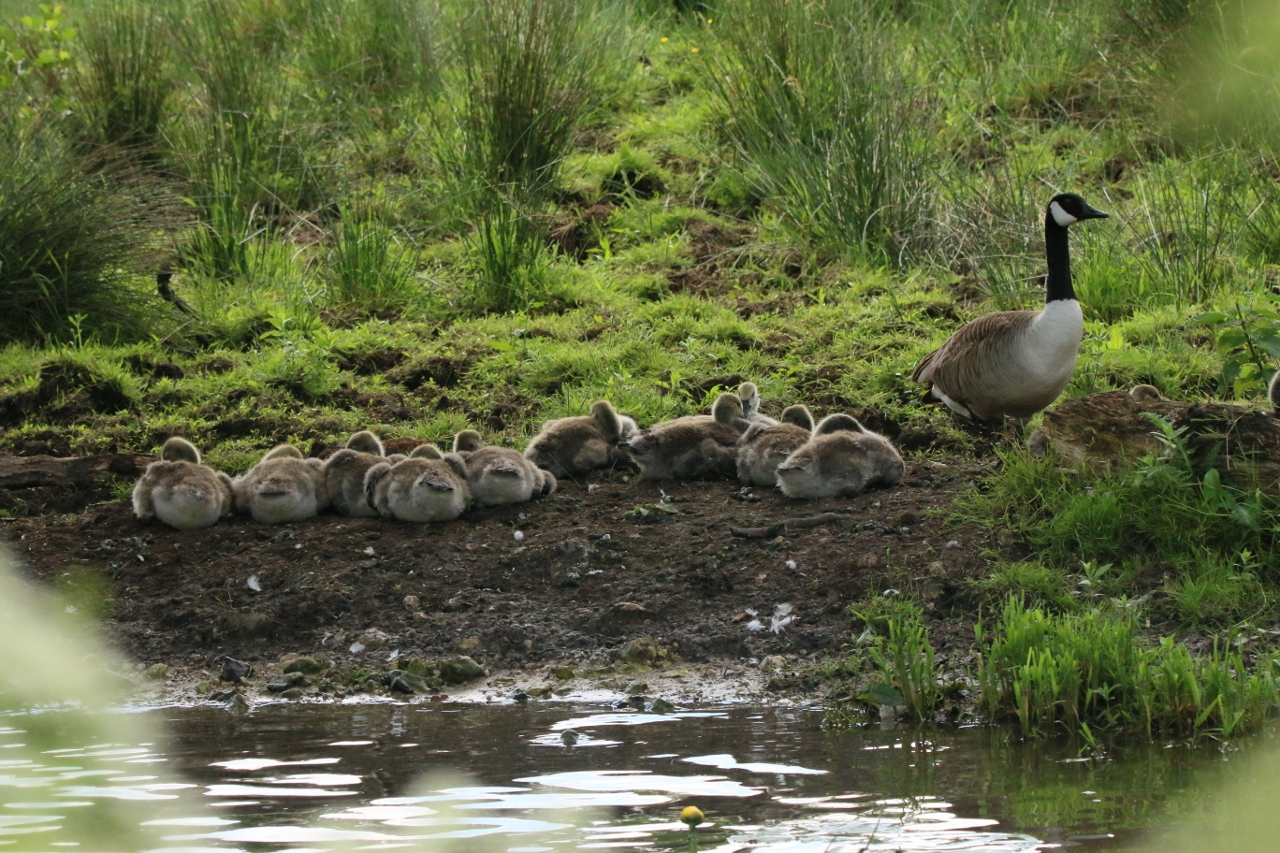


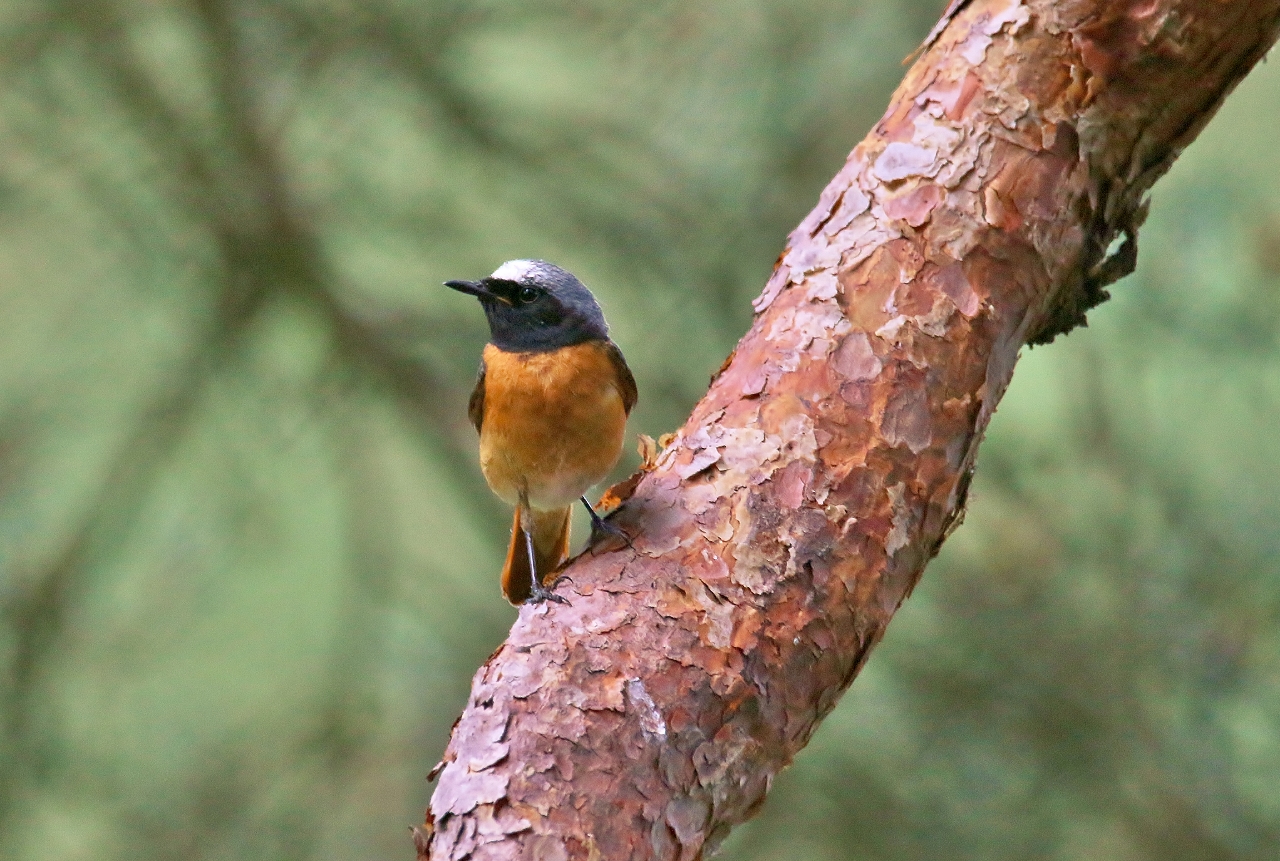

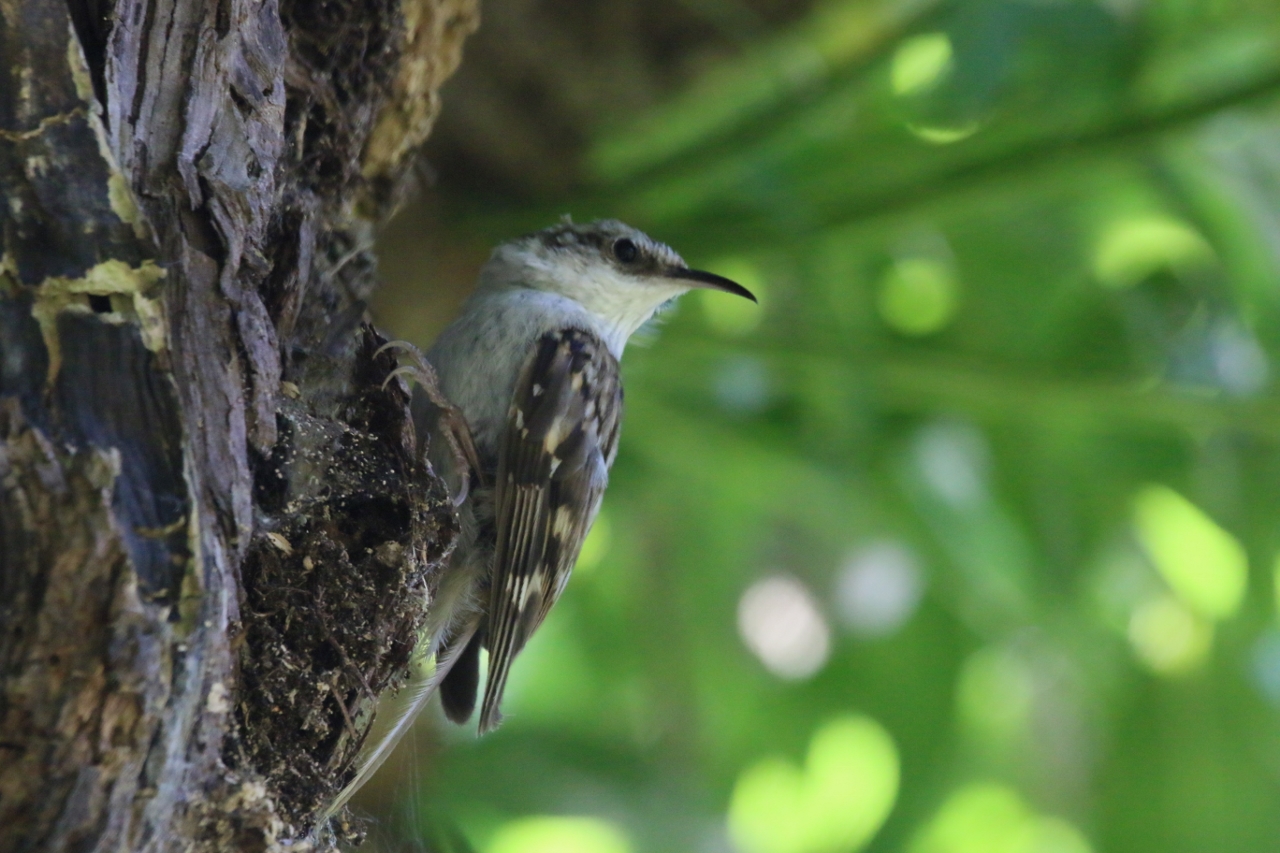




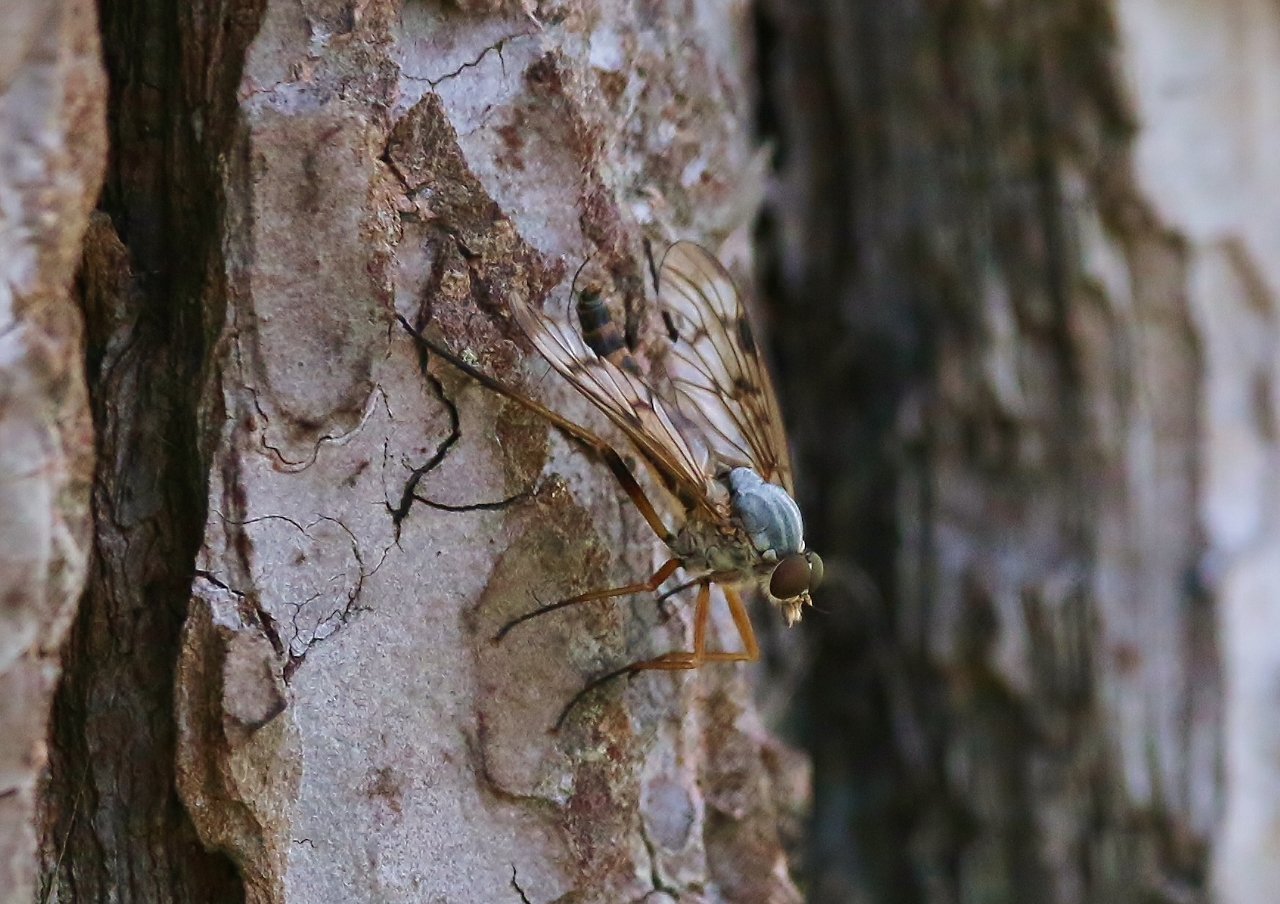
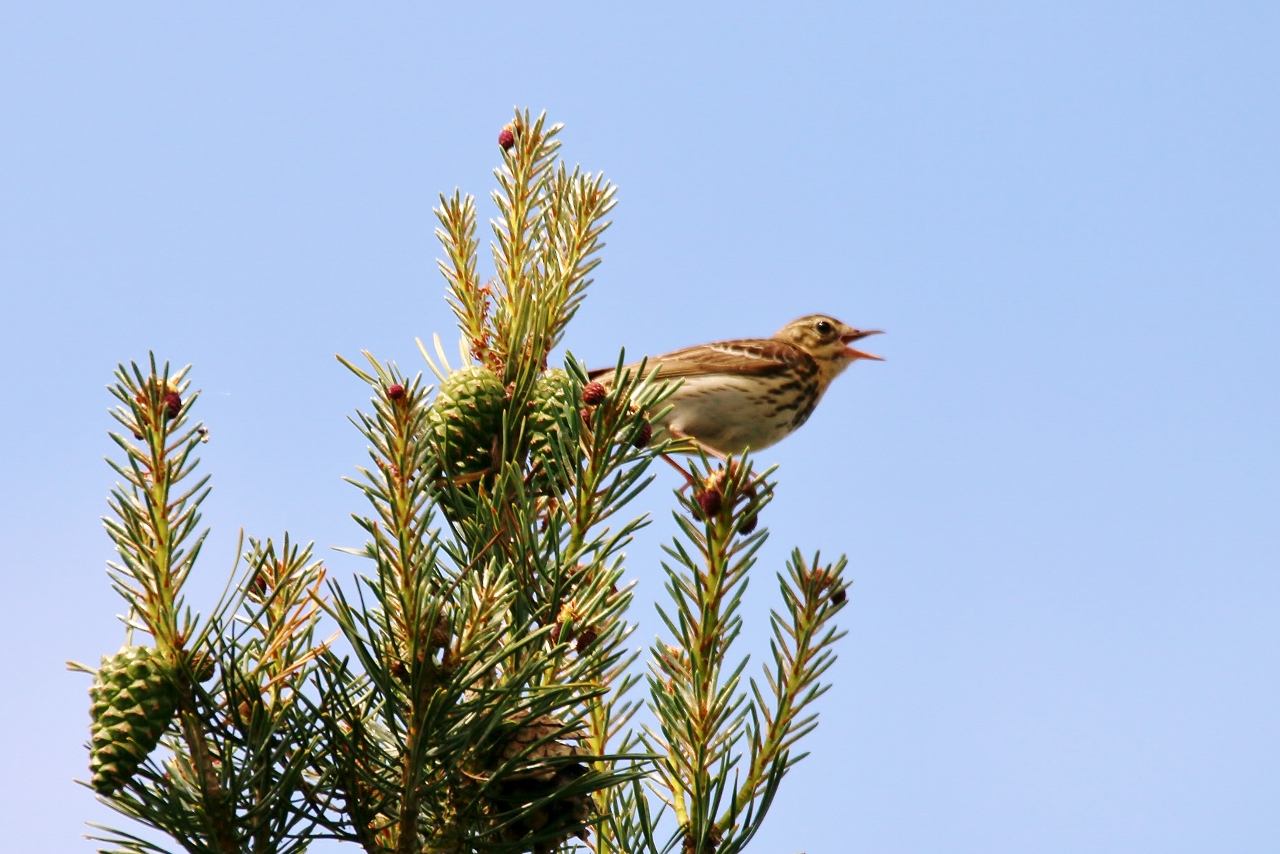


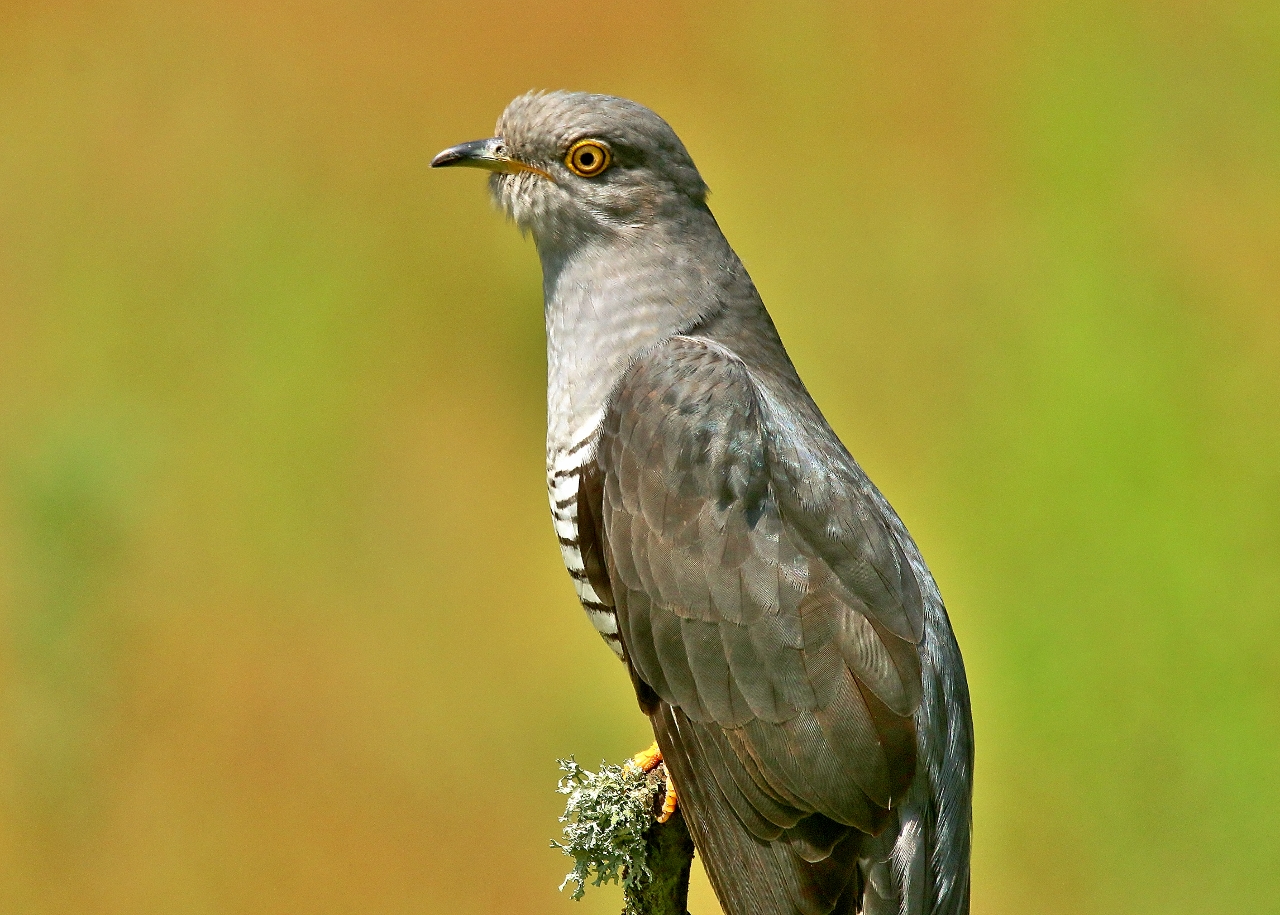

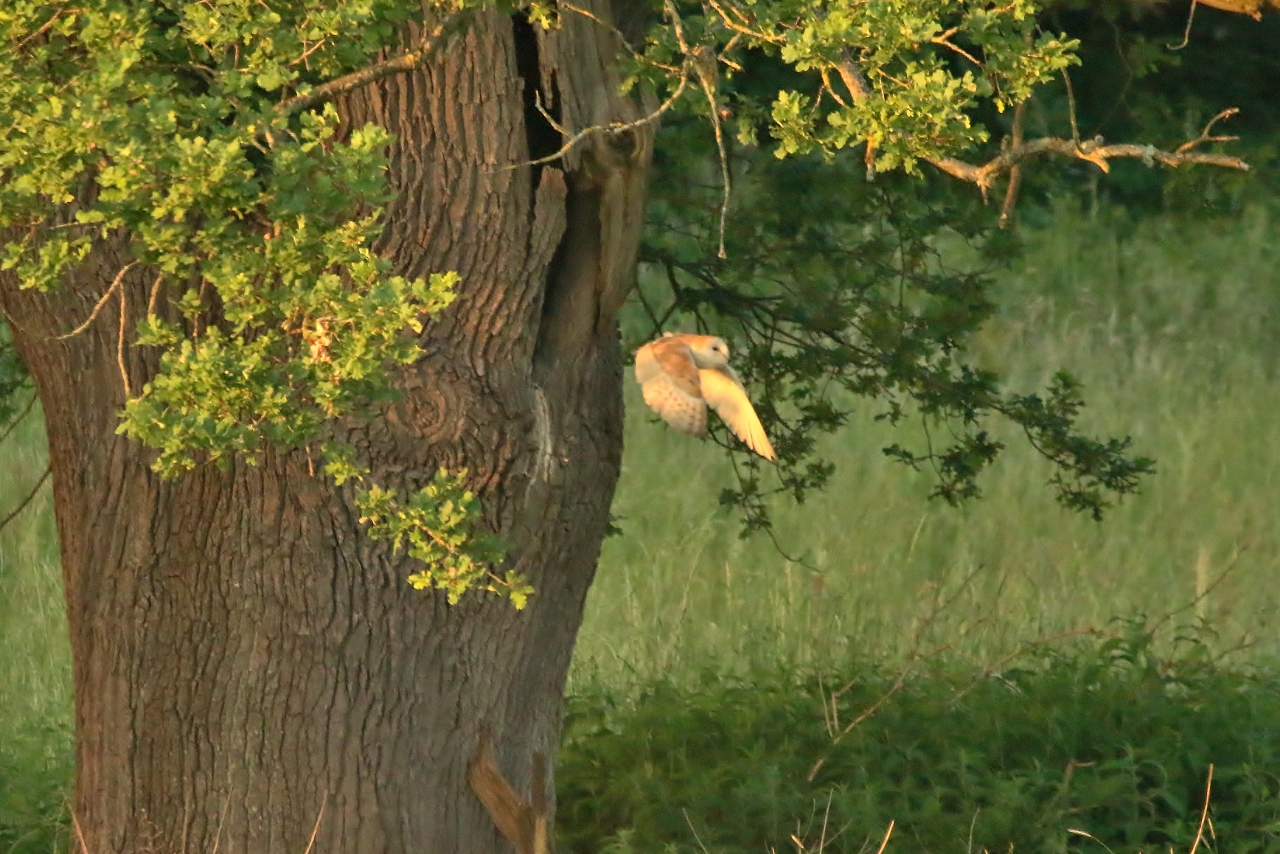


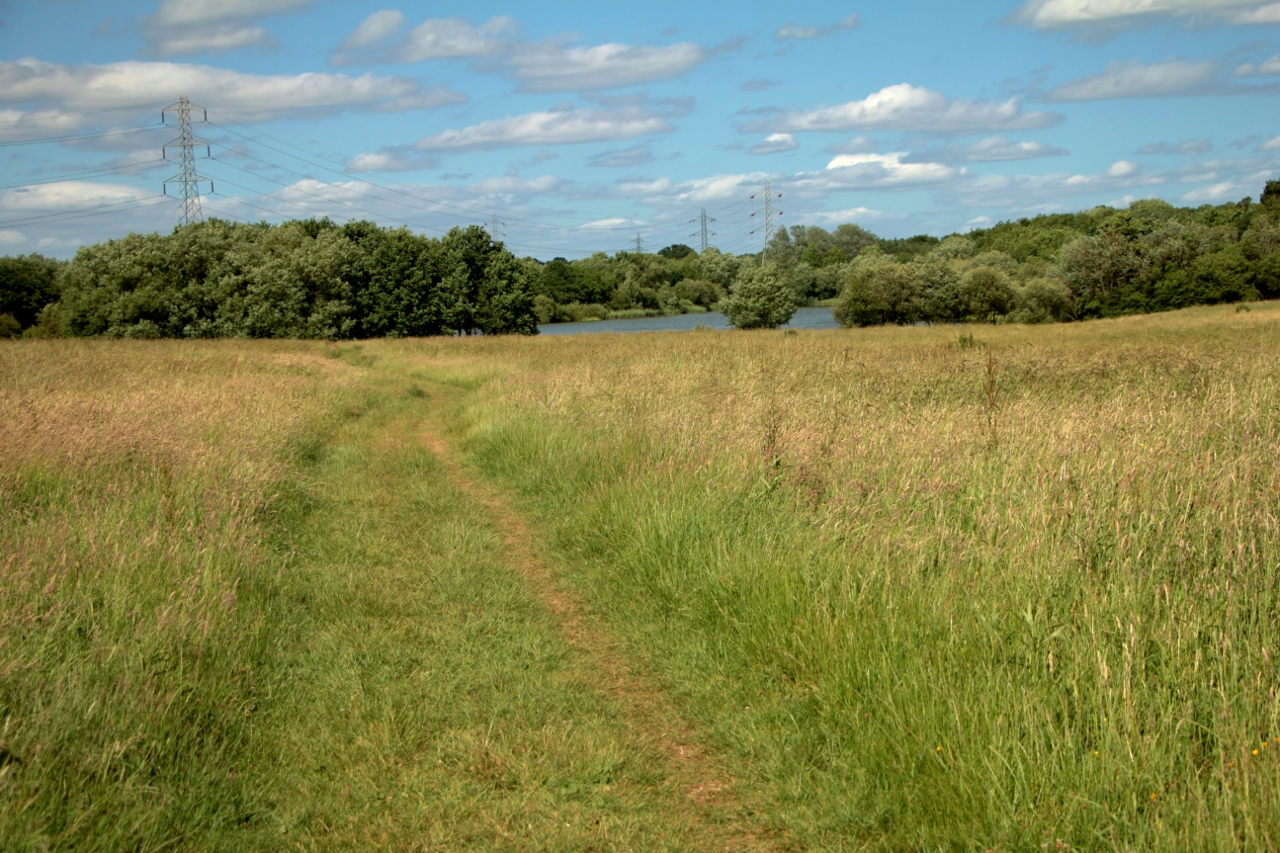











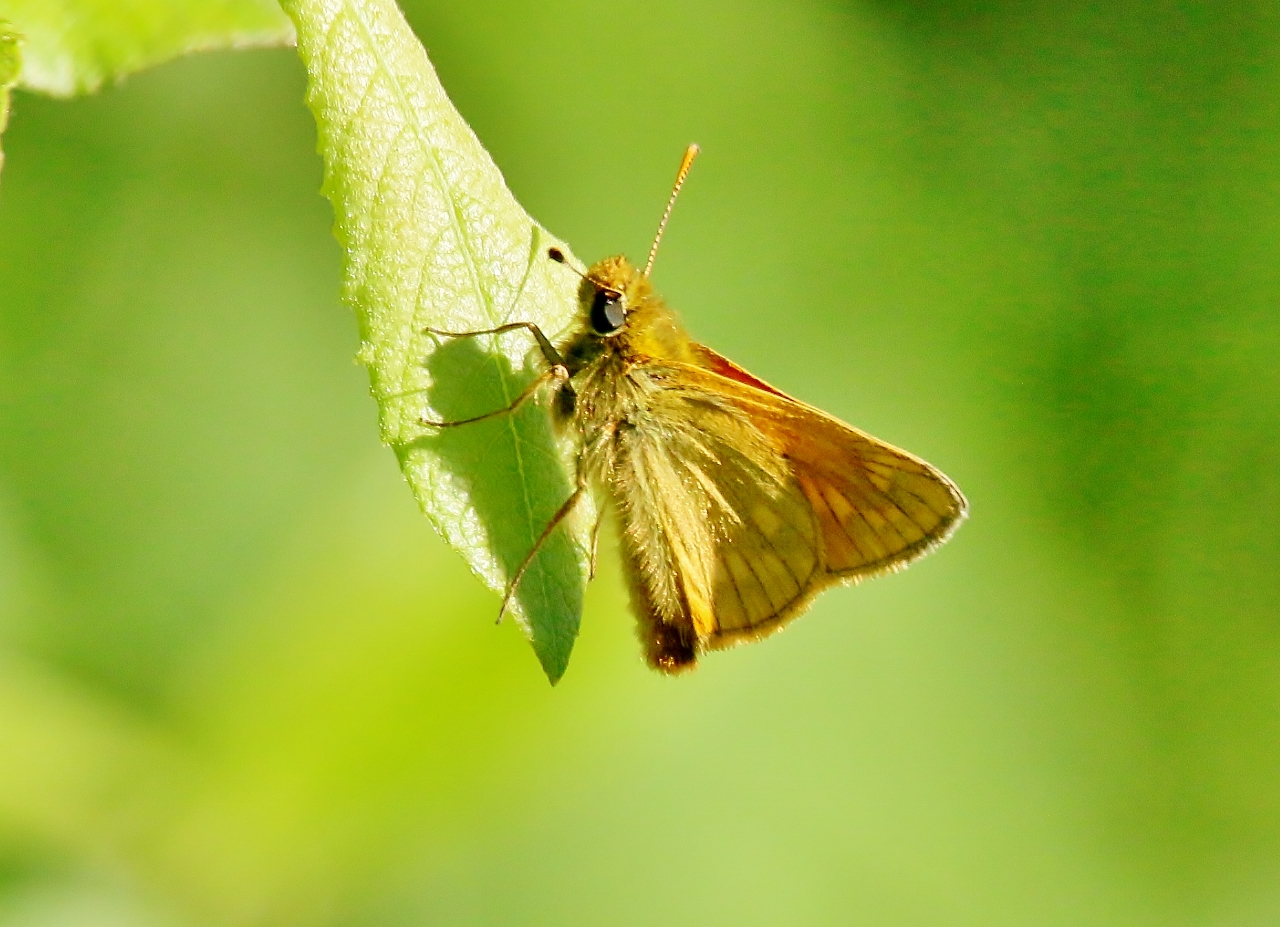

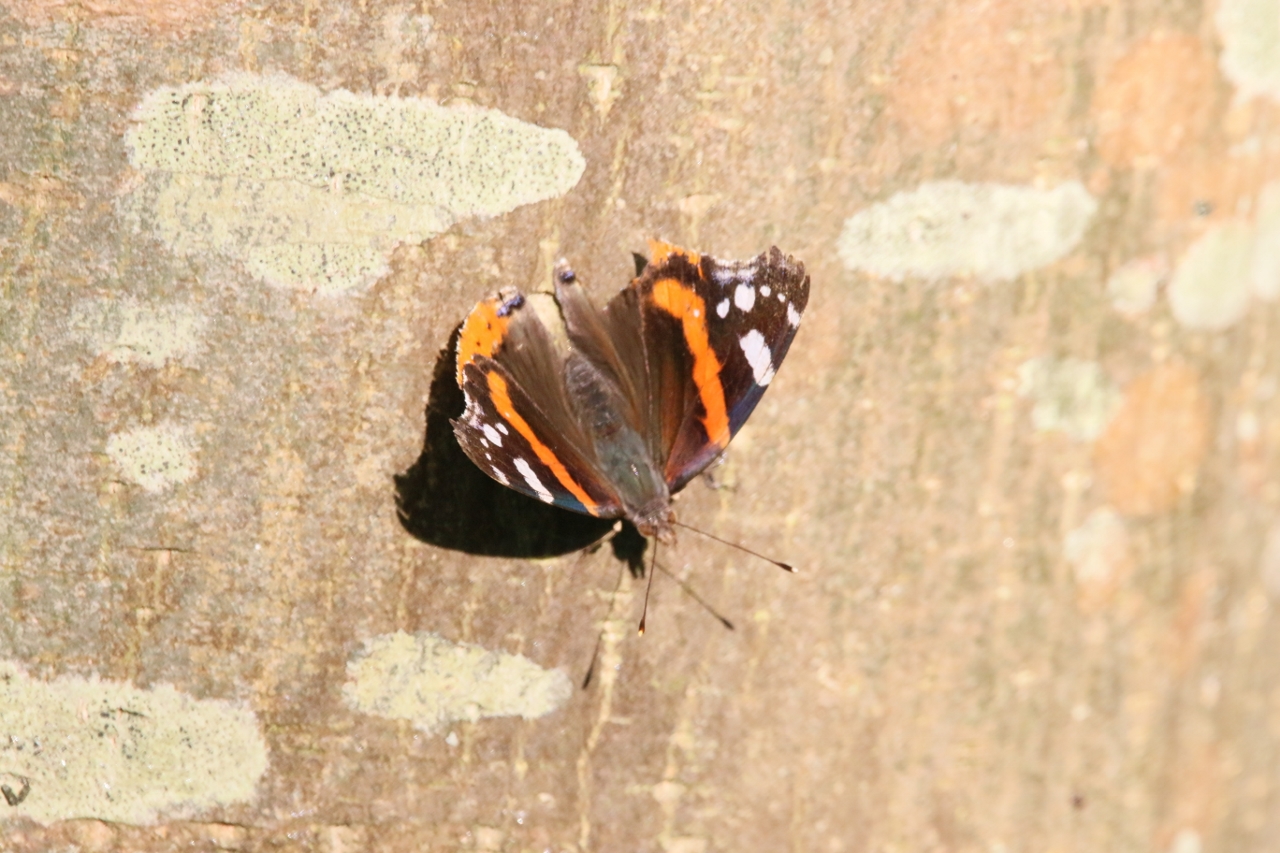

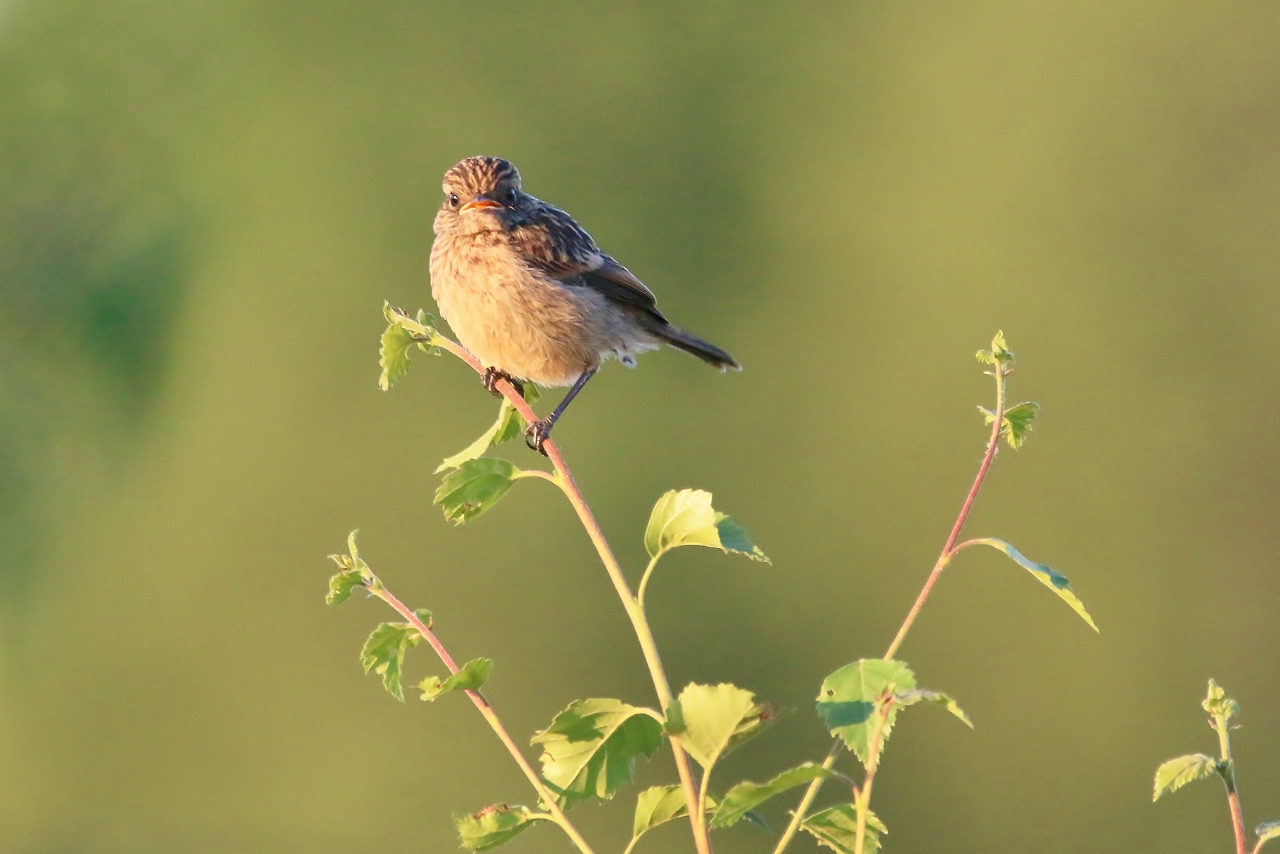







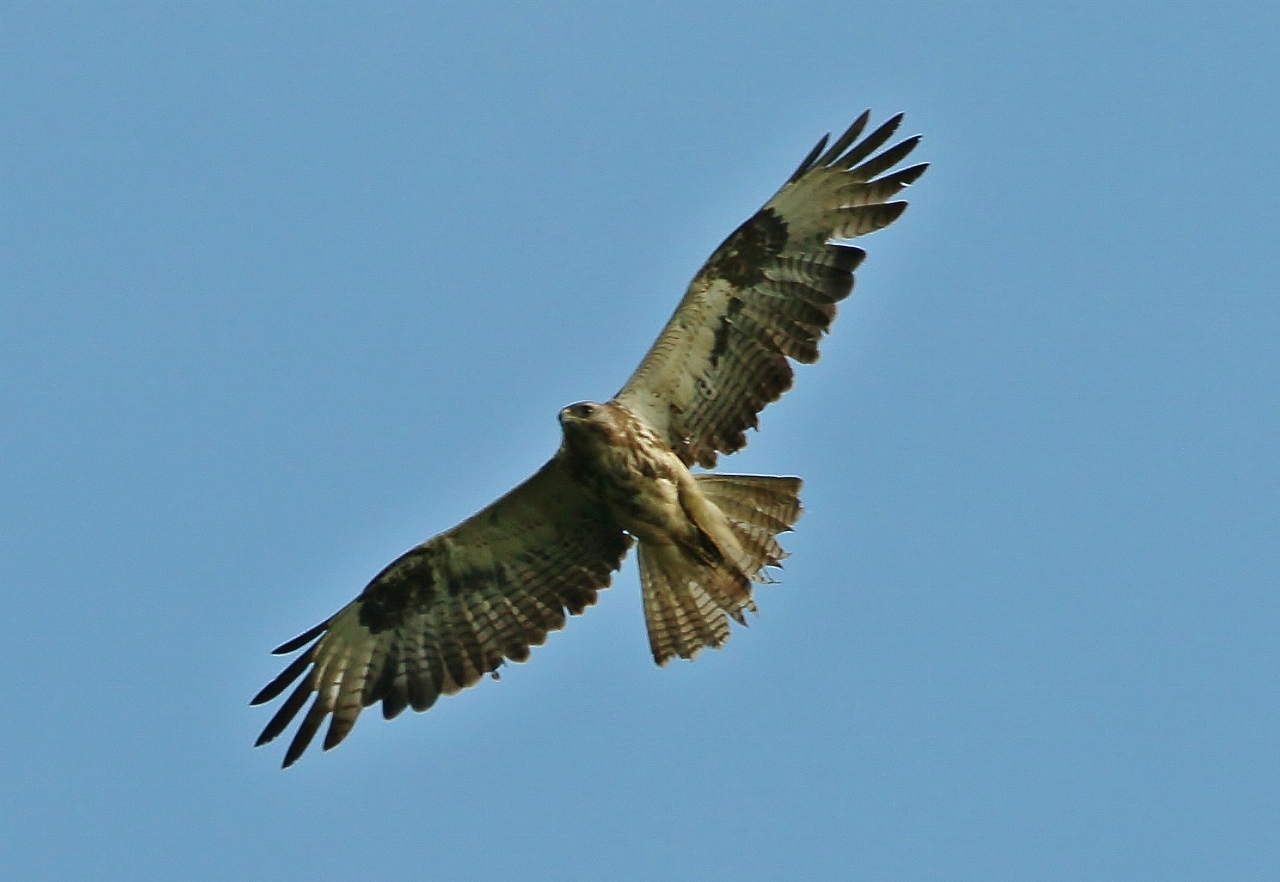





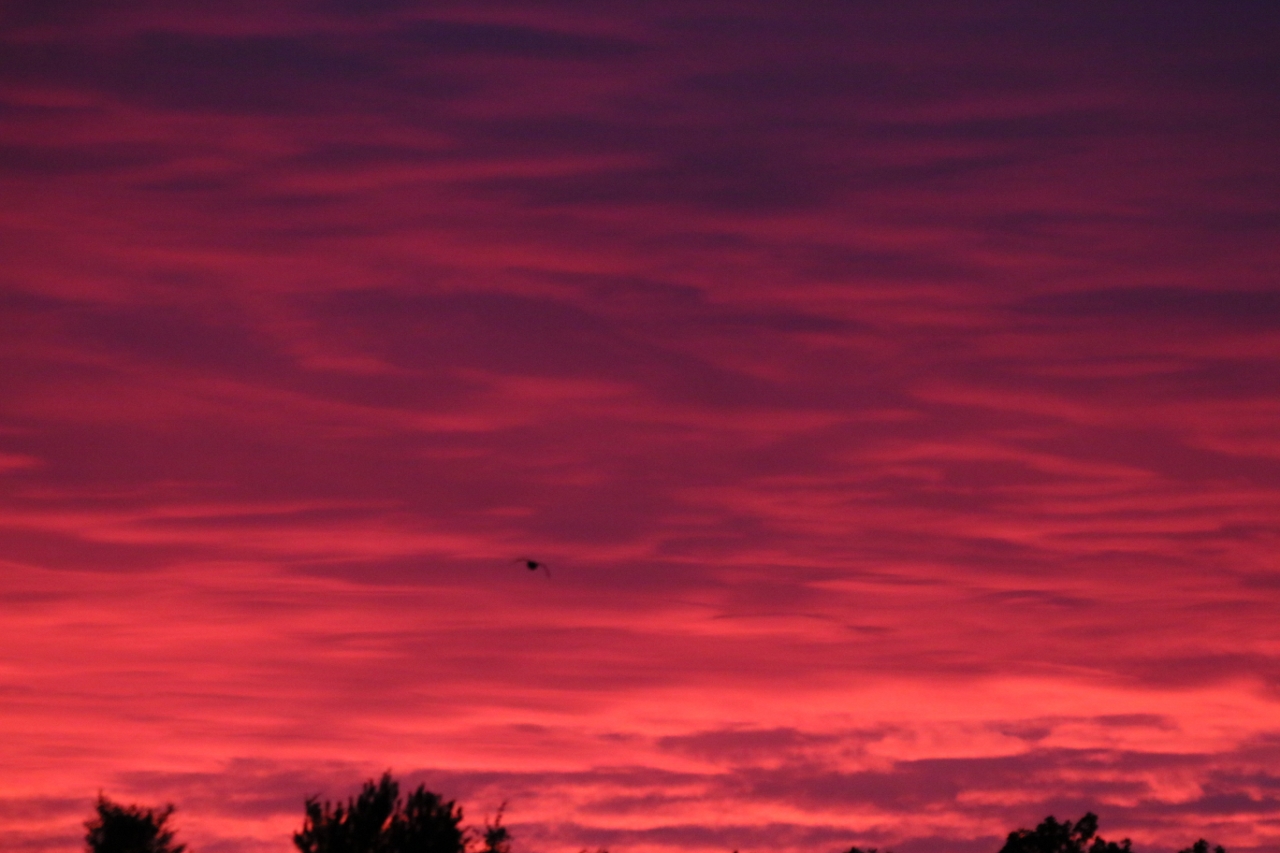




Juliet Hills
June 26, 2018 at 4:38 pm
Wonderful. Thank you so much.
Here in Wisconsin, USA, I have seen a red admiral (possibly originally arrived in someone’s trouser cuff), swifts, swallows and martins.
A local family put up a martin house on the cliff overlooking Lake Michigan.
We have lots of bumble bees and I have a leafcutter bee in the front garden on the roses, but honeybees are seriously depleted.
No cormorants have settled in the port this summer, so I suspect the authorities have put something there to stop them landing, as the droppings do not encourage large ships to do business here.
I’ve had a ruby throated hummingbird, and a fox lives brazenly behind a friend’s apartment building.
I found a hawkmoth when I moved a seeding tray on the deck rail, but I do get upset when the ants keep arriving all over the kitchen floor.
There is an orchid arising out of the horse-manured vegetable bed again, and the wild strawberries and blackberries are filling up with colour.
Later there will be cicadas climbing up the tree trunks to burst out of their beetle shells.
Turkey vultures rise on therms over the nearby woodland. I hope to see a luna moth and perhaps a cecropia and polyphemus this summer – they are rare beauties.
Thank you so much for your full and beautiful report from Surrey.
Jo Komisarczuk
June 26, 2018 at 8:03 pm
Sublime pictures as always.
Thank you so much for sharing your amazing photography skills with those of us unable to venture into the commons of Surrey.
I for one am very grateful and look forward to your articles.
David King
June 27, 2018 at 9:45 am
What a wonderful set of photos.
My friend Chris Dick and I paddled my canoe up the 1.5 miles of the weir stream from Trigg’s Lock, past Send church, to the weir on 21st June and saw some of the wildlife shown in the photos.
The voyage was not without difficulty, however, owing to several fallen trees almost completely blocking the river.
Fiona Curtis
June 28, 2018 at 11:24 pm
Thank you for this piece which, really highlights the beauty of the countryside and its wildlife.